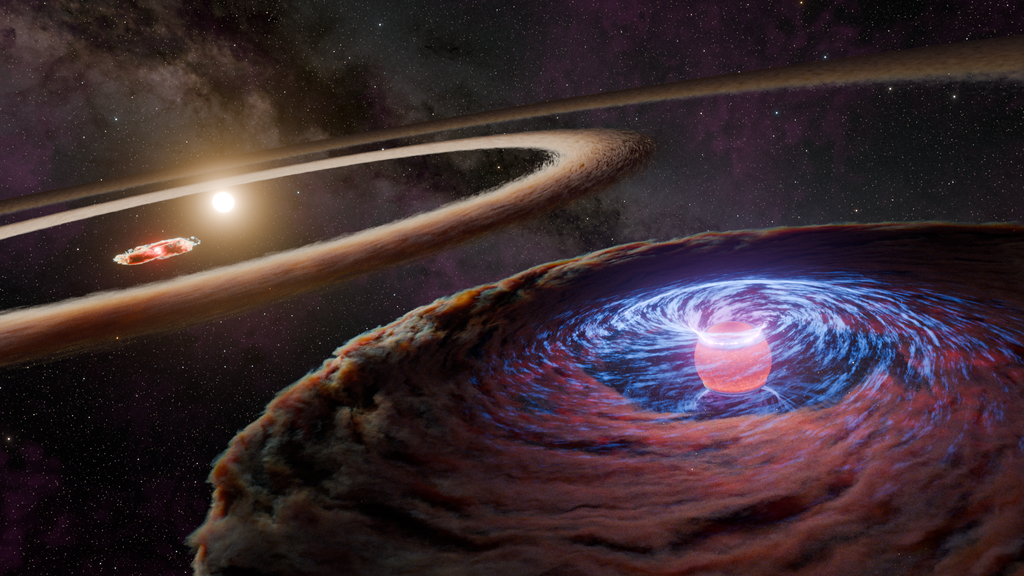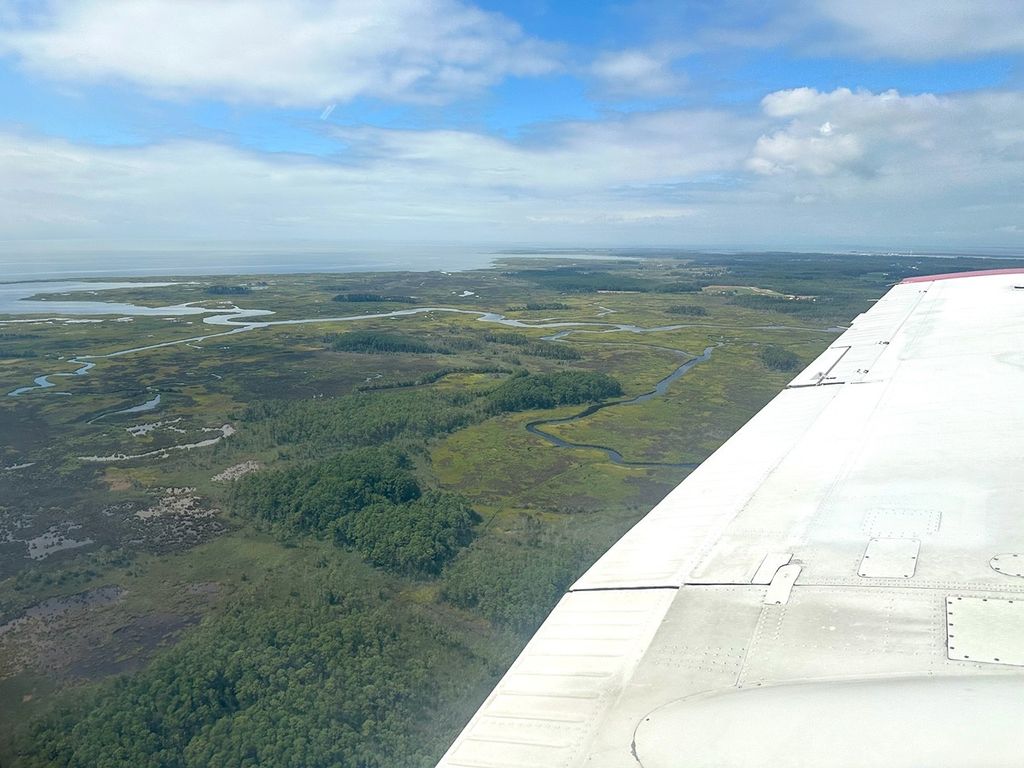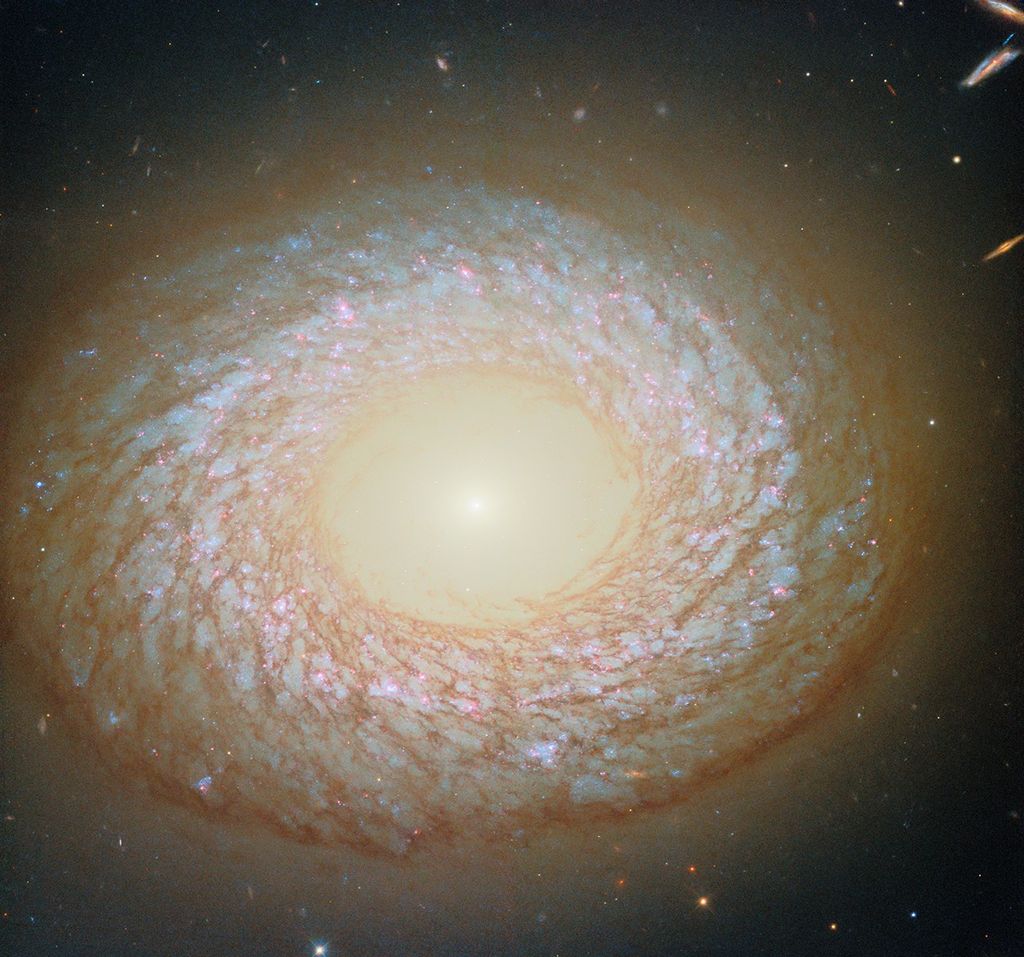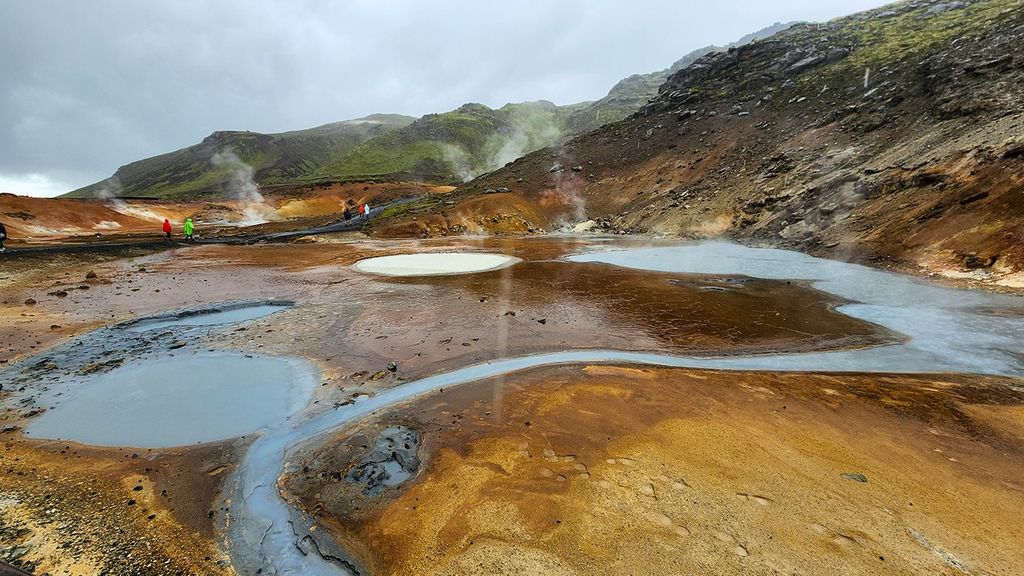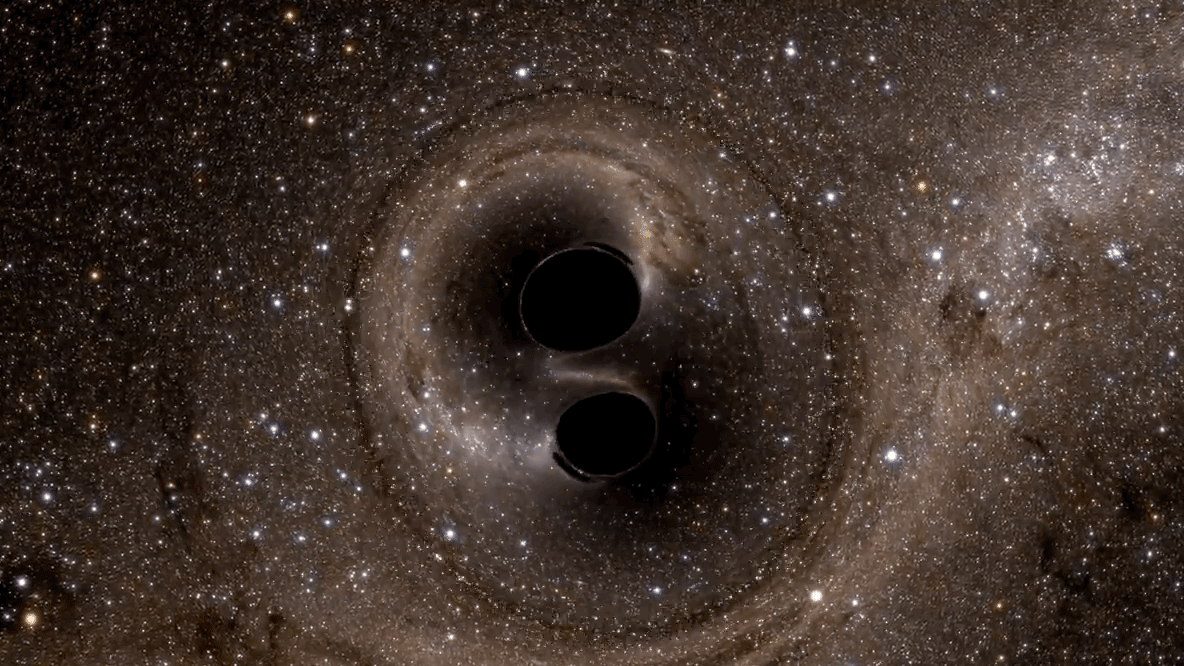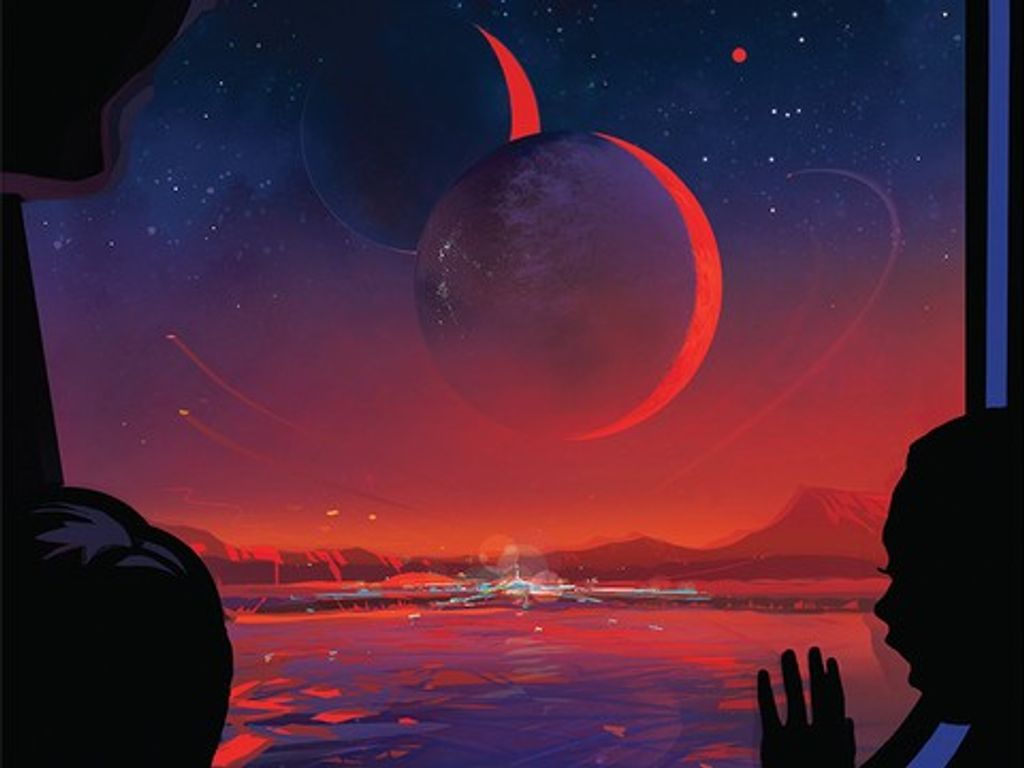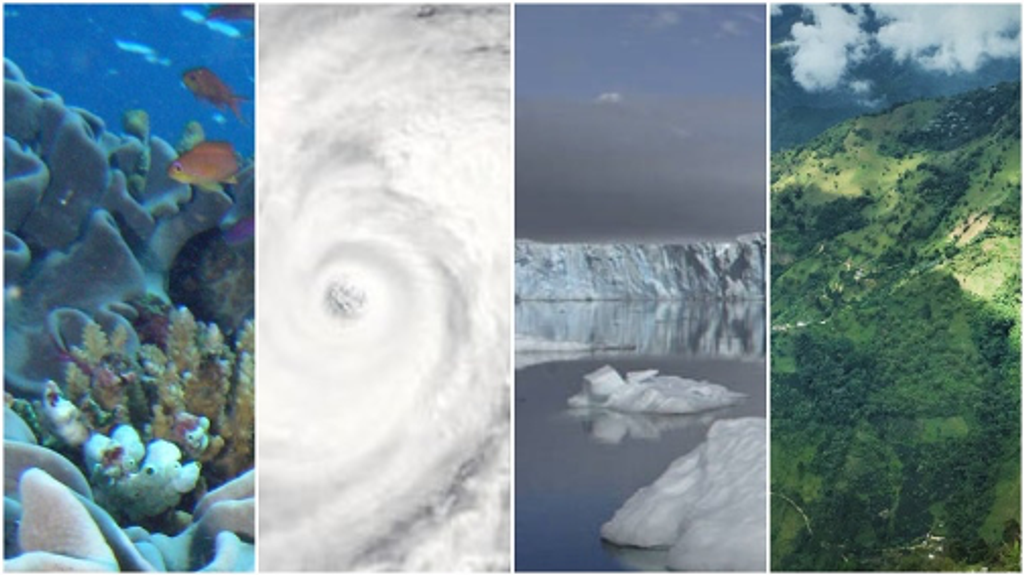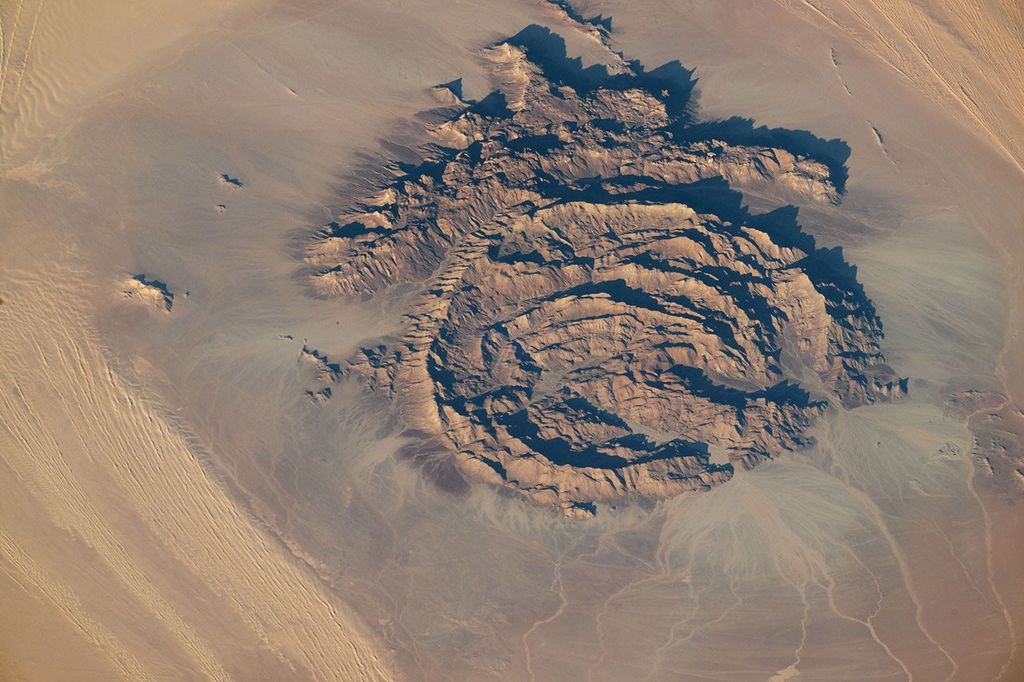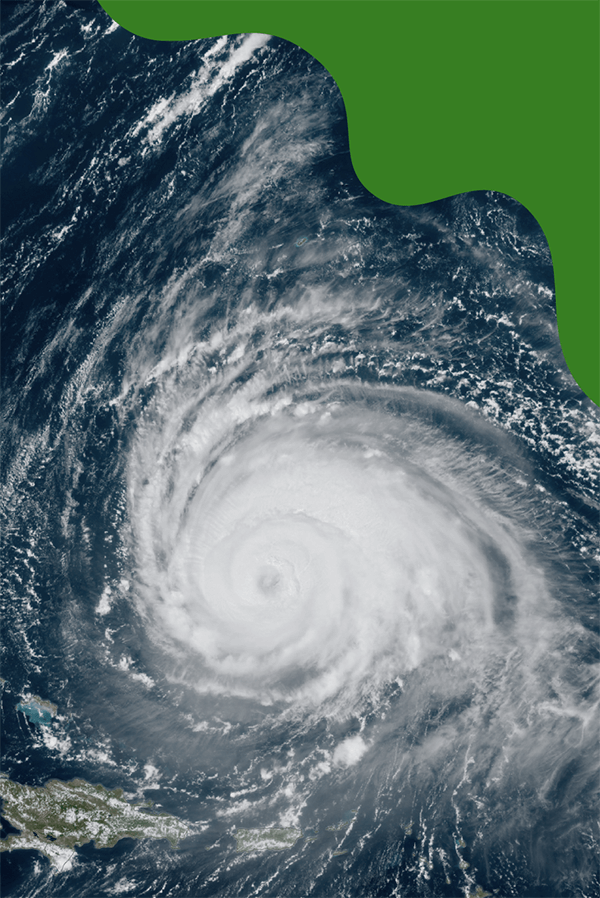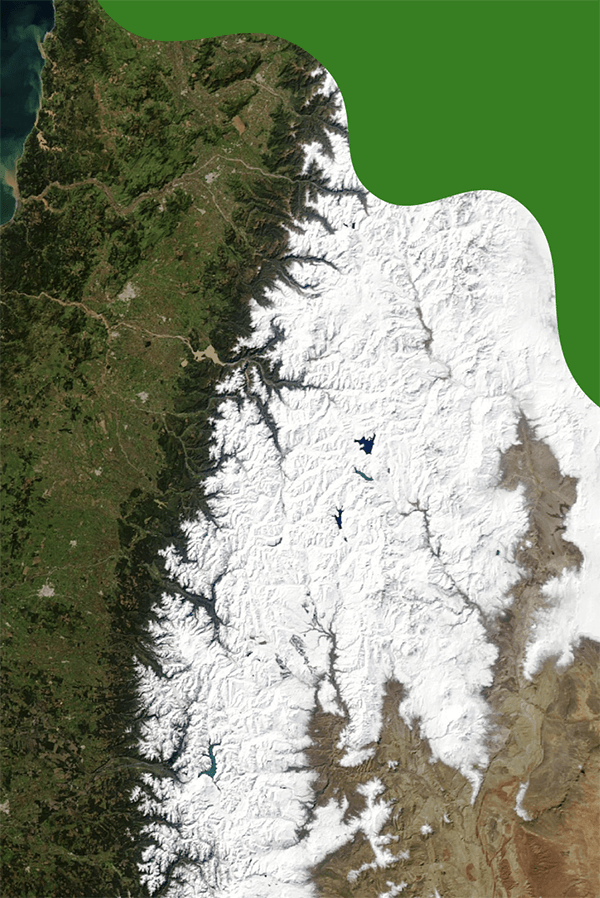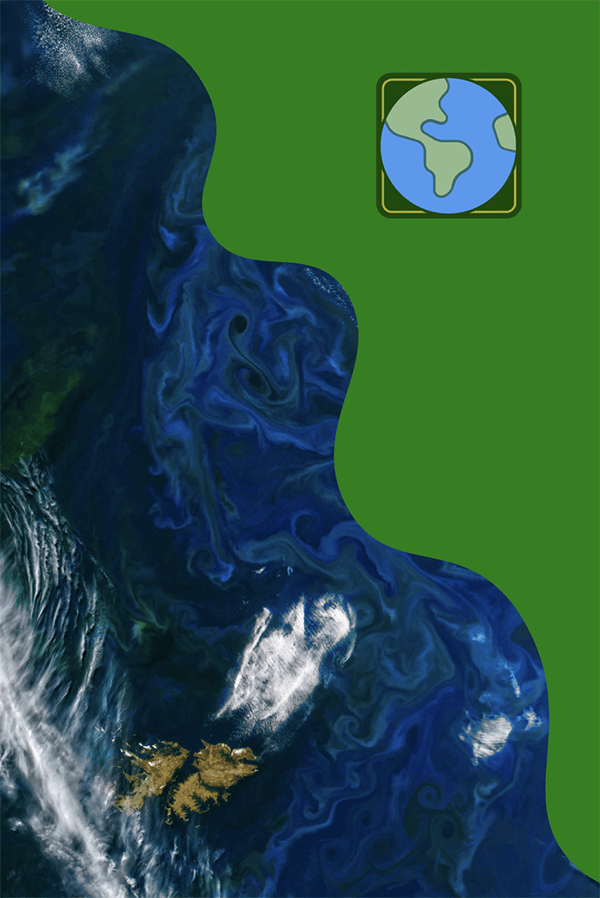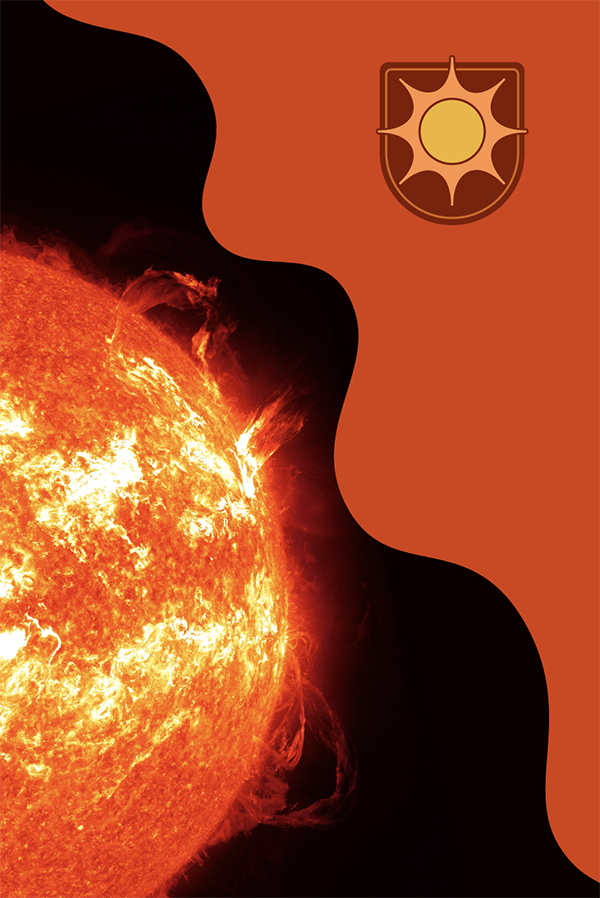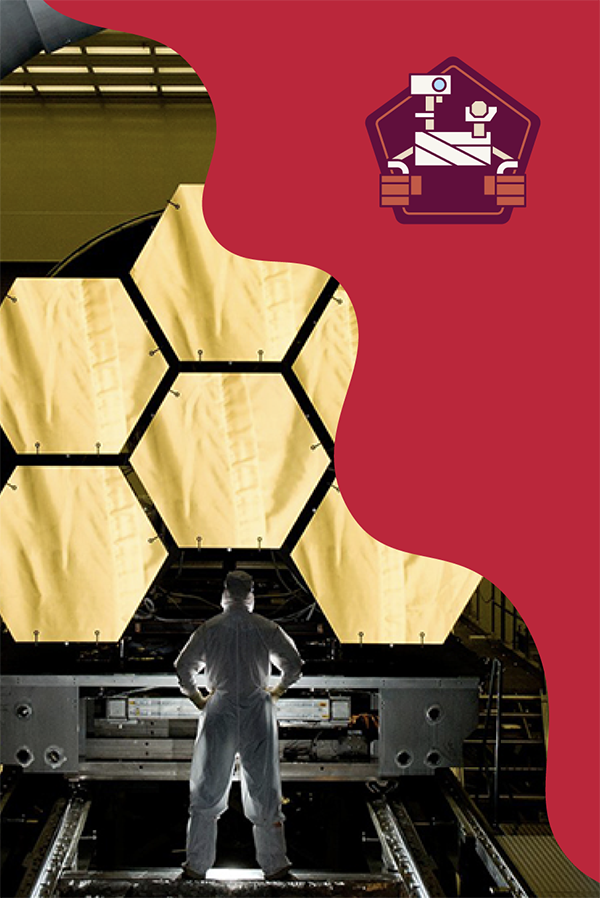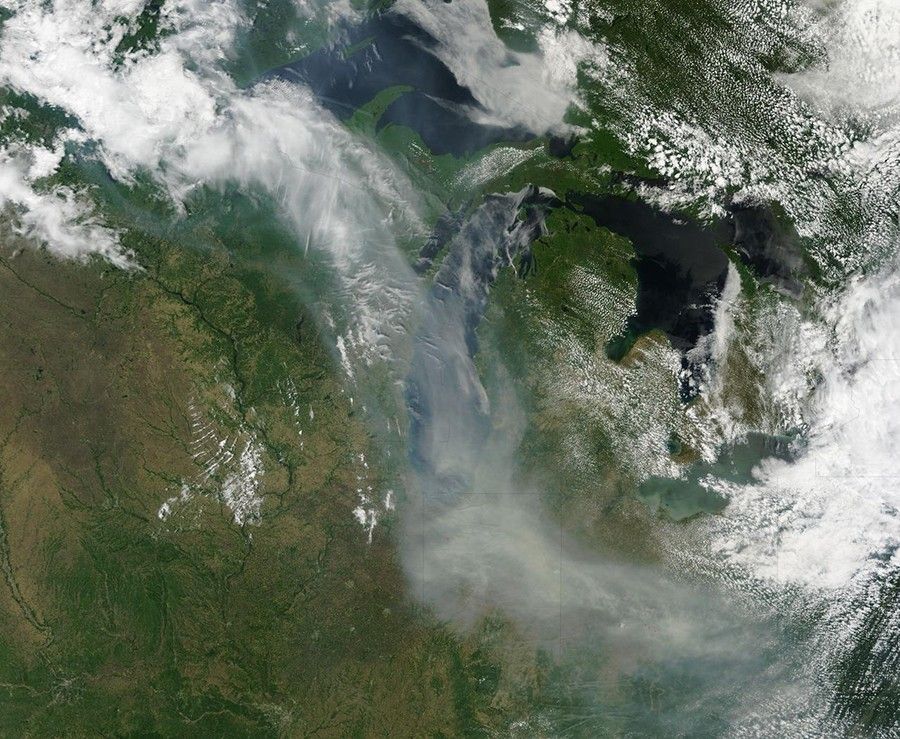


What Does Carbon Dioxide "Parts Per Million" Mean? And Why Is It Important?
Carbon dioxide is a greenhouse gas, which means it traps heat from the sun on Earth. Greenhouse gases make it possible for us to live on Earth. Otherwise the planet would be too cold for us. The more greenhouse gases there are in the air, the warmer the planet becomes. This is like adding a blanket on your lap when you are cold. Then adding another blanket to get even warmer.
Scientists measure how much of a given greenhouse gas, like carbon dioxide, we have in our air. The measurement is made as parts per million. So, if carbon dioxide is at 420 parts per million (or ppm), that means in one million molecules of air, 420 of them are carbon dioxide.
That may seem like a really small number, but greenhouse gases are really good at trapping heat. Even small changes in the amount of greenhouse gases in the air can affect Earth’s global temperature, making it hotter or colder. Scientists have measured carbon dioxide for over 60 years. The data shows a rise in carbon dioxide over that time. This is mainly from different things that release carbon dioxide into the air, like burning gasoline and coal to make energy.

